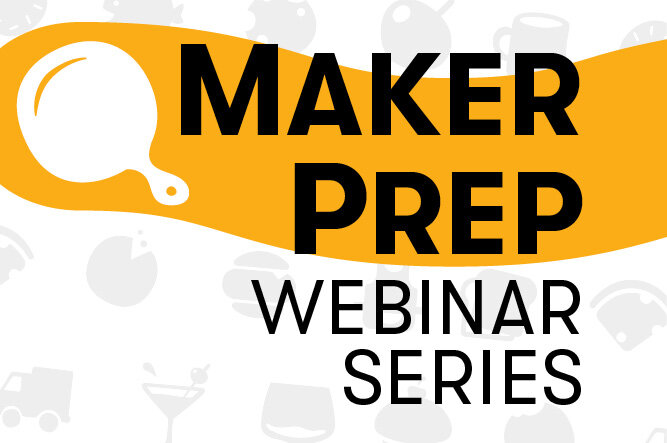During SFA’s Building a Brand Expression webinar, the second in its Maker Prep webinar series, Christian Klawitter of creative branding house, Bright Design, described the building blocks to creating an authentic brand expression. With a portfolio of successful specialty food brands like Snack Factory Pretzel Crisps, Alexia, and Think!, Klawitter acknowledged that the process is a team effort. Following are some takeaways:
1. Creative Expression is the rally cry of your brand (but it is not your brand). Whether your product is entering the market for the first time, or you are reinvigorating your brand for a huge growth spurt, syncing your brand promise with reality can be catalytic – the change you really need, according to Klawitter. To effectively deliver your creative expression, he said you must understand how the following components combine to create your brand: your product, your people, your presence, your vision, your cause, your consumer, and you.
2. Invest in identifying your consumer. Demographics can be helpful, but Klawitter encourages us to look at other ways of digging deeper into what the consumer is thinking and what drives purchasing habits. He recommends reading “Becoming Trader Joe” by the retailer’s founder Joe Coulombe and using the Consumer Decision Journey tool, which can be found online or in the session recording. In addition, he suggested taking advantage of SFA’s State of the Industry, Category Forecasts, and Consumer Report, Mintel and Spins’ reports, speaking with advisors, industry experts, private equity and financial folks, looking at international trends, and reading social media and blog post comments to gain insights about your consumer.
3. Look for whitespace in your category. Finding space in the sea of sameness can be a challenge, but Klawitter suggested your sales team may have valuable insights to offer so you can position your brand differently in the marketplace. Sources of differentiation you may want to focus on include:
• Functional Benefit: attributes delivering functional utility
• Self-Expressive Benefit: reflective of values
• Emotional Benefit: positive feeling in purchase
4. Engage your creative team, inspire them through discovery. Klawitter said that your team must experience the brand as you envision it if you want them to be able to represent it properly. He outlines Bright’s approach, which is to understand your story intrinsically. In order to take the whole team through the journey - not just hand them a brief, you can follow a simple process of discovery, exploration, refinement, and execution.
5. Protect/nurture your investment with your brand book. Achieving freshness and consistency is one of the greatest tools you can possess to keep the group in line as conductor/founder of your business, Klawitter emphasized. The brand book can promote continuity, as it is typically divided into four sections: introduction, brand strategy, style guide, and applications. Brand books can evolve to include more chapters like brand voice and social media. Klawitter suggests clients share brand books with anyone touching the brand, so they have a basic understanding of the whys behind it.
For a deeper dive into the case studies related to each of these building blocks, be sure to check out the webinar recording and slides here. If you haven’t already registered for the 3-webinar series, there’s still time to do so here.
Related: How to Create a Compelling Brand; Goldbelly Launches Ecommerce Video Platform.

